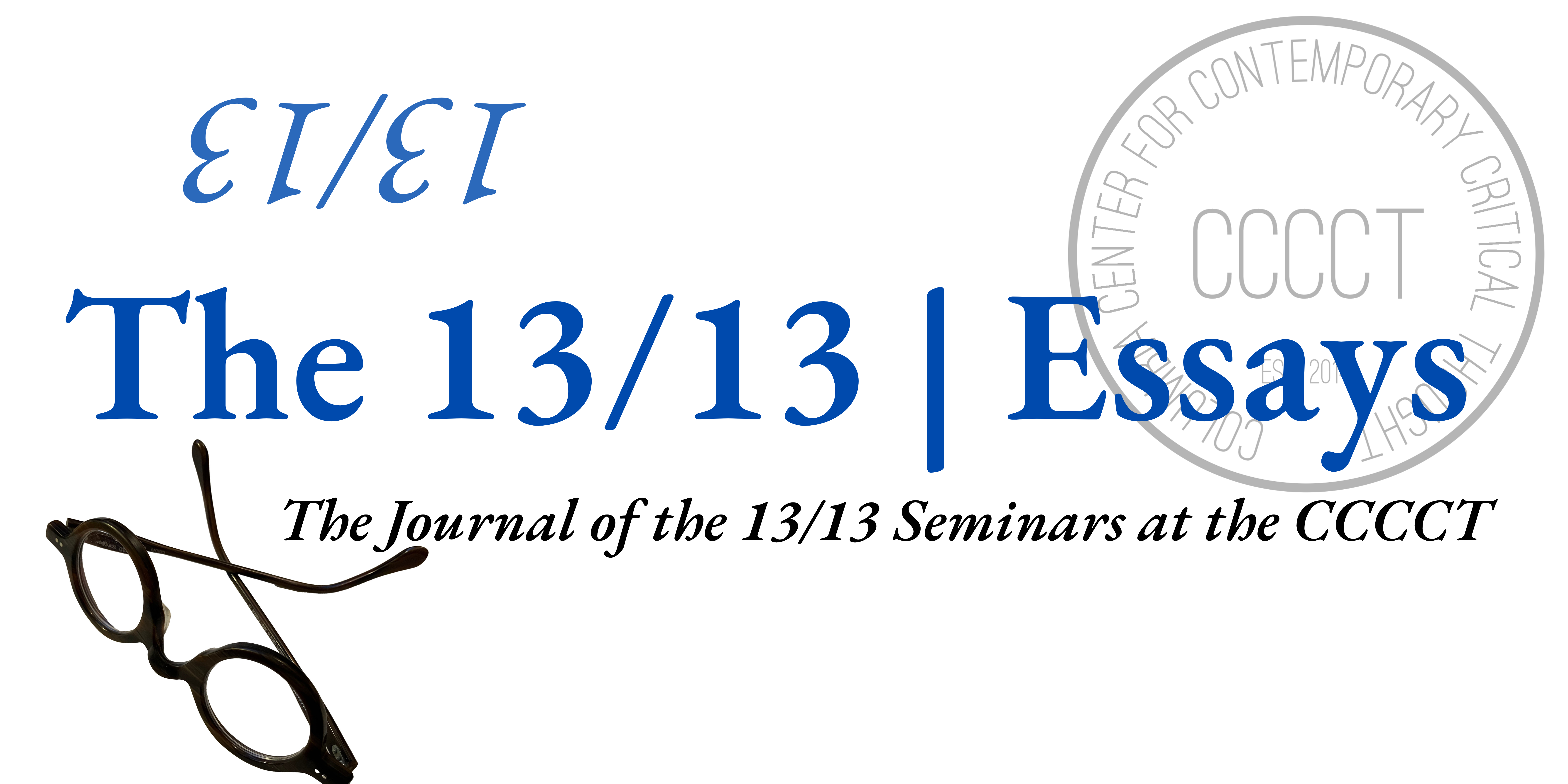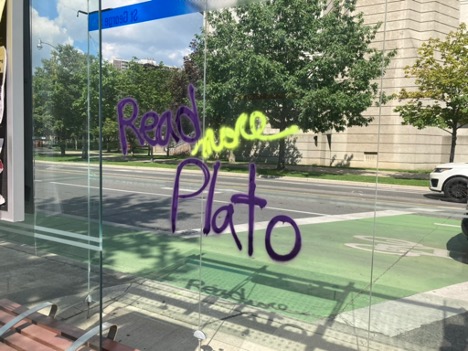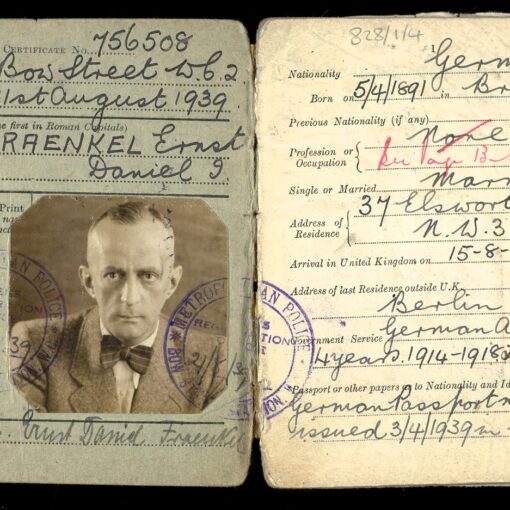
By Bernard E. Harcourt
Lorraine Daston’s book, Rivals: How Scientists Learned to Cooperate (Columbia, 2023) traces the evolution of scientific cooperation from the eighteenth century to present times. Daston focuses on three periods which, she argues, capture different styles of scientific cooperation during the eighteenth, nineteenth, and twentieth centuries. Over the past three centuries, Daston identifies progress, culminating in the twentieth-century concept of “a scientific community.” The progress is fueled predominantly by the development of technology that has allowed for greater communication, speedier travel, and more harmonious interactions between scientists scattered around the globe.
The eighteenth century was characterized by what Daston calls “the Republic of Letters”: an Enlightenment approach to scientific collaboration in which individual scientists formed early scientific academies and created networks of personal correspondence to support projects like the study of the Transits of Venus or the Mannheim Meteorological Network. Daston refers to the model here as “pen-pal science.”[1] Separated by great distance and difficulties in communication, these scientists tried to form collaborations, but ultimately were unable to come together as a scientific community. Their early projects—in astronomy or meteorology—served as precursors for what was to come. “These self-appointed diplomats of the Republic of Letters cultivated the proximate, personal connections that counterbalanced competition, envy, distrust, and other distancing forces,” Daston writes. But “when these go-betweens died, their globe-spanning networks died with them.”[2]
The nineteenth century saw the development of science as a “world project,” a model that Daston places under the rubric of “internationalism.”[3] Technological developments had improved travel and communication to such an extent that, for instance, a cross-Atlantic journey, which would have taken between 30 and 60 days in 1800, could be achieved by steamship in about five days by 1900.[4] Science became a world project associated with international fairs and meetings that were able to bring together international scientific collaborators from around the world. Daston discusses specifically the Carte du Ciel, which began in 1887 and lasted until 1970, and the International Cloud Atlas launched in Munich in 1891. These collaborative efforts produced international governing bodies on the model of the League of Nations.
The third period, the twentieth century, marks the creation of the concept a single “scientific community.” The term itself becomes more frequent in the 1950s and rises to a crescendo in the 1980s.[5] The examples Daston studies are the World Meteorological Organization and the International Association of Academies. These efforts were developed in part, Daston argues, as a defensive response to national government interference in science. It is important to emphasize, though, that in many cases, these collaborations were in truth the product of government propaganda, such as the Hamburg meeting on “Science and Freedom” which was a Cold War effort by Western powers to highlight freedom in the scientific community of the West and free market ideas, in opposition to what was going on behind the Iron Curtain. The Hamburg meeting was funded by the CIA and attended by scholars such as Friedrich Hayek and Raymond Aron. It had a true ideological tilt. There was a political substratum to the scientific community. It is also interesting to note how late peer review appears in the scientific community, dating only to the 1970s and taking hold first in the United States. The idea of the peer as a referee, and as belonging to a scientific community, is relatively new, dating to that time in the late twentieth century.
By the end of the story, Daston has identified certain global projects that represent a type of lasting, hidden scientific community with significant impact, such as, for instance, the International Organization for Standardization, founded in 1946, that produces a wide range of standards, almost 25,000 to date.[6] The ISO, Daston writes, “set standards for everything from medical clinical trials to child seats to cybersecurity to carbon emissions accounting to codes for representing international time zones and currencies.”[7] It wields an extraordinary amount of power, although under the radar. It is these silent forms of scientific community that may have the greatest impact, in part because they do not trigger reactionary responses. The more notorious illustrations of the scientific community coming together—whether it is on global climate change or on the COVID-19 pandemic—have had significant impacts on political discourse, but those have not always translated into policy reforms because of the anti-science backlash that arose during the pandemic and the ongoing climate crisis.
The ambition of scientific cooperation, Daston writes, has been to attempt “to subdue personal rivalries, overcome (or harness) national hostilities, recruit government funding but repel government meddling, balance competing research traditions, and standardize everything from names of plants to names of stars—all in the hopes of welding individual researchers into a collective that could begin to match nature’s own scale.”[8] Daston maintains that these scientific collaborations have always had a double-edged relationship to government, patrons, and politics. Government and patrons have been the ones who have supported and funded science, but are often the ones who want to interfere or instrumentalize science. The scientists often seek autonomy, but are bound to their funders. This gives rise to a self-conception of science as being autonomous, having its own ways of judging merit and awarding recognition.[9] But “science has never been an island,” as Daston writes.[10] She is acutely aware of the push and pull of science and politics—even if she ends the book on a somewhat rosy-eyed view of the neutrality and expertise at the headquarters of the ISO.[11] It is hard not to see how politics will continue to play a central role.
On Daston’s view, the leading contributor to the growth of the scientific community and to cooperation within the scientific community has been technological progress in communication and transportation, which has made it possible to have face-to-face collaboration and instantaneous forms of communication.
One question for our reflection at Coöperism 9/13 is whether and how we can model cooperation on the forms of collaboration that scientists have created over time. Do any of the different models that Daston identifies, whether the international delegations or Republic of Letters, or more modern forms of international standardization, represent paradigms that could guide us in our quest for cooperation and Coöperism today?
Another interesting aspect for us is the question of the autonomy of science and scientific cooperation from government funding and politics. When Daston writes that science has never been an island, even if scientists have always imagined themselves as autonomous, this raises the question of the definition of science and its relation to scientific discourse, to knowledge, and to scientific ideology. In his famous essay, “What Is Scientific Ideology?”, George Canguilhem suggests that scientific discoveries often emerge from proto-science or proto-scientific discourse that is not itself scientific. They arise, often, from what he calls “scientific ideologies.” Michel Foucault blew open the dichotomy between science and scientific ideology in his book, The Archaeology of Knowledge, where he tried to distinguish between sciences, domains of claimed knowledge (what he called “savoir”), and discourses within which these are embedded. This approach allows for a more subtle relationship between “science,” scientific discoveries, and the political-discursive milieus within which they arise. Daston clings, I believe, to a somewhat narrow and hard definition of science, which then allows for a dichotomous relation to power, politics, and governments. But if we approach matters from a more fluid theoretical perspective of knowledge-power, then it becomes less surprising that there is a constant tension between scientists and governments. The task becomes, instead, to study the inextricable relations between knowledge and politics in order to explore how cooperation can nevertheless arise. So, to not be naïve about the inevitable political context of science, but to strategize it for Coöperism. The idea of a scientific community reaching consensus is itself a political notion—consensus is a political term—that inevitably plays a role in political discourse. It may be something to interrogate and embrace.
Welcome to Coöperism 9/13!
Notes
[1] Lorraine Daston, Rivals: How Scientists Learned to Cooperate (New York: Columbia Global Reports, 2023), p. 35.
[2] Daston, Rivals: How Scientists Learned to Cooperate, pp. 48-49.
[3] Daston, Rivals: How Scientists Learned to Cooperate, p. 55.
[4] Daston, Rivals: How Scientists Learned to Cooperate, p. 55.
[5] Daston, Rivals: How Scientists Learned to Cooperate, p. 87.
[6] Daston, Rivals: How Scientists Learned to Cooperate, p. 120.
[7] Daston, Rivals: How Scientists Learned to Cooperate, p. 120.
[8] Daston, Rivals: How Scientists Learned to Cooperate, p. 123.
[9] Daston, Rivals: How Scientists Learned to Cooperate, p. 124.
[10] Daston, Rivals: How Scientists Learned to Cooperate, p. 124.
[11] Daston, Rivals: How Scientists Learned to Cooperate, p. 129-130.




